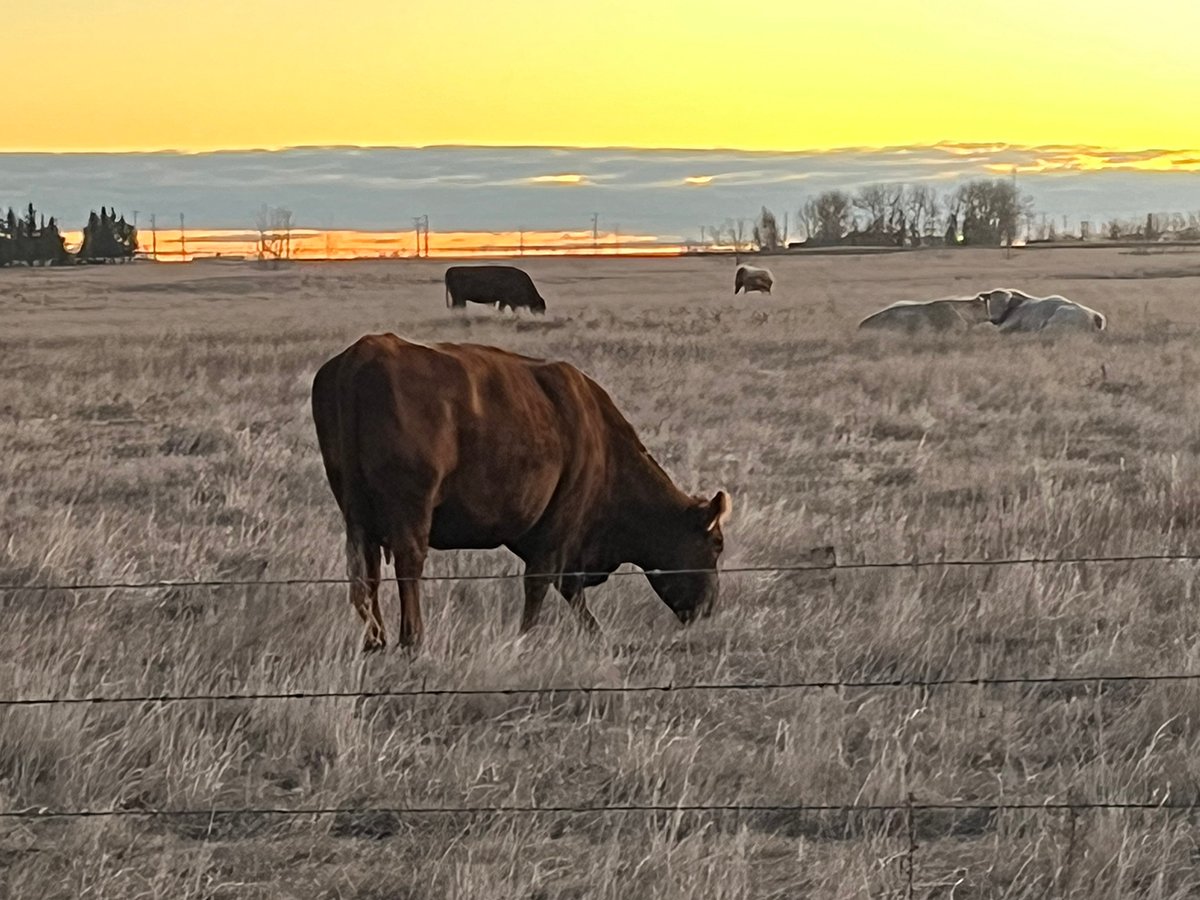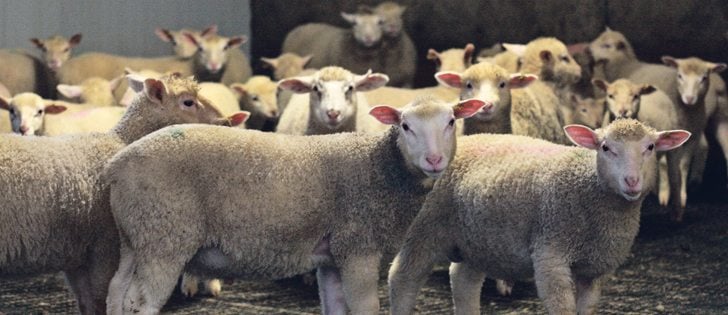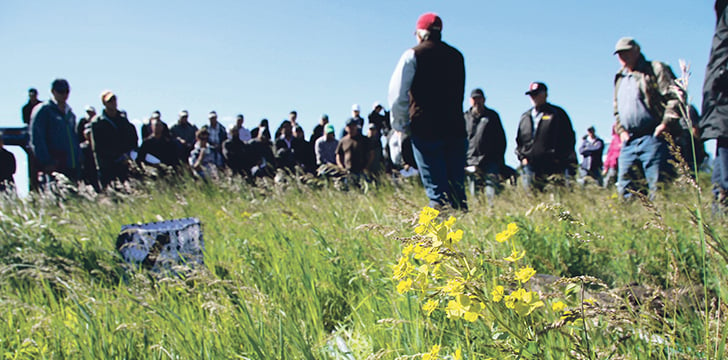EDMONTON — A new vaccine to protect chickens against campylobacter has been patented.
Researchers at the University of Alberta have been able to take a type of vaccine already used in human medicine and make an effective treatment that could reduce the need for on-farm antibiotics.
“You have to have a very inexpensive vaccine to give it to livestock,” said Christine Szymanski, who works with the U of A’s microbiology department as well as the University of Georgia.
Campylobacter jejuni is among the most serious bacteria linked to food-borne pathogens.
Read Also

Animal protection delivery to change in Saskatchewan
The Saskatchewan government is looking for a new agency to handle animal welfare after Animal Protection Services of Saskatchewan decided not to renew its contract next year.
Consumption of contaminated poultry is a major source for infection, so elimination of this bacteria from chickens would be beneficial, she said at an infectious disease conference at the U of A.
Her work focuses on using glycoproteins, which are proteins that have sugars attached to them. They do many important jobs for the body, such as helping the immune, digestive and reproductive systems.
Polysaccharides are turned into vaccines through a chemical process and then transferred into a strain of E. coli to engineer a novel vaccine that does not disrupt the chicken’s microbiome.
The success came when they were able to manufacture these cheaply enough to make the vaccine feasible for livestock.















